
History of Benamaurel's Cave Houses
GEOLOGIC HISTORY OF BENAMAUREL: THE BEGINNINGS OF THE UNIQUE TERRAIN FOR THE EXCAVATION OF CAVE-HOUSES
The Guadix-Baza river basin extends in a northeast-southwest direction. It is probably one of the regions of greatest contrast in the landscape of Eastern Andalusia, where low and low reliefs are surrounded by great mountainous systems. This landscape gives the area a kind of closed-in character, hence the name of "Hoya" (or dale) which is popularly used for both the region of Guadix and for Baza. The homogeneity of these low zones is interrupted by the spectacular cracks in the relief caused by the excavating action of the course of water, rivers and streams that create great ruts.
The most notable difference between the landscape continuity between the valleys of Guadix and Baza is an appreciable change of colour in the landscape, from strong reddish tones in the Guadix Dale to more off-white tones in the Baza valley. Both regions are separated by a somewhat more escarped area, a topographical ridge formed by the western spurs of the mountain range of Baza, the Jabalcón and the southern spurs of the mountain ranges of Cazorla and Segura.
Therefore, geologically, Benamaurel is located just in the centre of the Baza dale where sediments are the thickest. The oldest known sediments are approximately 20 million years old. From then on, the history of the river basin continued until a relatively recent period of the Earth's history known as the Late Pleistocene, "only" about ten thousand years ago.
At first all the river basin was an open sea in which materials of different marine origins were deposited. The moment arrived however when a radical tectonic change took place, leaving the Guadix-Baza river basin completely cut off from the sea and where the land on which Benamaurel now lies began to form. This occurred about 7 million years ago. Therefore, the Baza valley became an immense salt water lake in which a lacustrine sedimentation, characterized by clay deposits and rocks of chemical precipitation (limestone and plasters), was produced, and formed what is now the land on which Benamaurel and its environs is situated. 10,000 years ago, sedimentation stopped in the river basin of Guadix-Baza and a period began that was characterized by erosion. It is only in these last 10,000 years therefore, that the characteristic landscape of trenches and the deep "squeezing-in" of the gorges and rivers of the region began to acquire the aspect that we know today.

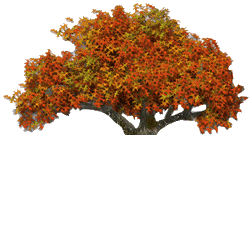
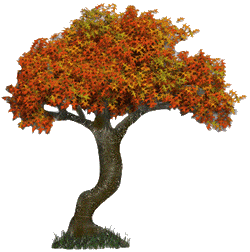
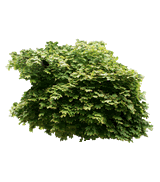
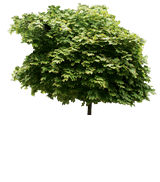

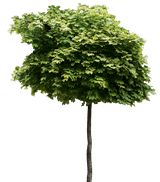
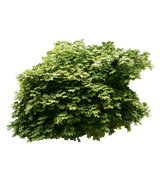
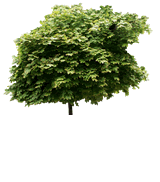
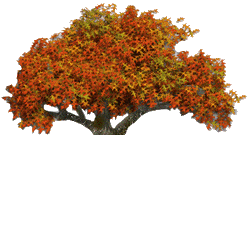




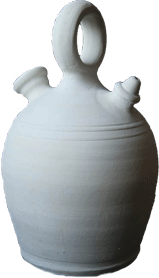


GEOLOGICAL-GEOTECNICAL CHARACTERISTICS OF THE "LACHA"
All these geologic processes have given rise to the peculiar terrain existing in Benamaurel today, sequences of fine strata, locally known as "lacha", in which the geological history of the last million years is perfectly recorded. Therefore, this is ground with lacustrine sediments formed by clay, Marly clay (known locally as "jabaluna", plaster locally known like "espejuelo" and other salts (epsonita, anhydrite, etc). These are thin layers (of several millimetres to at the most 1 metre), totally horizontal, whose deposit depended on the climatologic conditions of the environment. In warm periods the precipitation of chemical rocks took place (plaster and salts), and in cold periods the clay was deposited.
Also the presence of accumulations of fossil remains of lacustrine fauna is common, constituted by levels several centimetres thick in which shells of bivalves, molluscs and marine invertebrates are generally found. On other occasions, the shell dissolves leaving a mold in which the complete structure of the animal is perfectly conserved. The appearance of these levels is very common in the walls of some caves.
The confinement of all these litologias, plus the weight of the water column above them during thousands of years which has exerted an important pressure on the sediments, has contributed to the formation of a consistent type of ground, safe and of superb geotechnical properties for the excavation of cave-houses. The presence of the Marly clay layers, "Jabaluna", intercalated between the other strata, makes the cave a solid, robust and indeformable structure; this is the reason why it is so difficult for cave-ins to occur.
On the other hand, once the caves are excavated, as they lose the natural humidity of the ground land, they dry and harden acquiring more resistance with time and for this reason it is important that cave houses are always ventilated.
Normally, for greater security, the dome shaped ceilings of the caves are usually culminated by one of these levels of jabaluna. In some caves, the presence of cracks locally known as "madres" is common but these do not present any danger (as long as these cracks do not arise on the outside of the ground) since they usually remain unchanged for hundreds of years. Indeed, these cracks can be beneficial on occasions since they usually persist without alteration for some hundreds of years. Furthermore, these "madres" are sometimes beneficial, since they allow for better ventilation of the ground preventing humidity from taking place. The first inhabited cave houses in Benamaurel date from the Neolithic era and still perfectly conserved.
The only and the most common enemy of caves are the filtrations of water caused by damage to the drainage and other similar installations. Water is an agent capable of originating geotechnical problems in any type of land, although because this type of ground is extremely impermeable, the resistance to water is greater and is always apparent by the appearance of humid or brackish spots or stains.
Therefore, as far as time is concerned, the consequences that water produces on any other type of land (cave-ins, collapses etc) are quicker in manifesting themselves than in this type of land, which is a great advantage, since there is therefore more time to discover and suitably treat the problem. Problems caused by water in natural conditions are not usually common, since the phreatic level is deep and the pluvial waters do not infiltrate because as commented previously, the ground is very impermeable.
The predominance of the argillaceous fraction in the land, isolated from the exterior and producing isothermia in caves is able to maintain temperatures inside between 18 and 22ºC throughout the year, although the climate in Benamaurel is subject to very contrasting seasonal changes.
Therefore, it is pleasant to be inside one of these caves, with its peculiar architecture, completely isolated from noise and enjoy its pleasant temperature, and to be able to observe with total clarity a part of the geologic era, the passage of thousands and millions of years, in which all types of natural processes have occurred: great storms, periods of immense heat, turbulences, human beings who inhabited the cave, as if one went from a sea to a lake, from a lake to the mainland, etc, and all this within a few simple walls.
© www.tucueva.com - - This page has been optimized for Internet Explorer 1024 x 768
